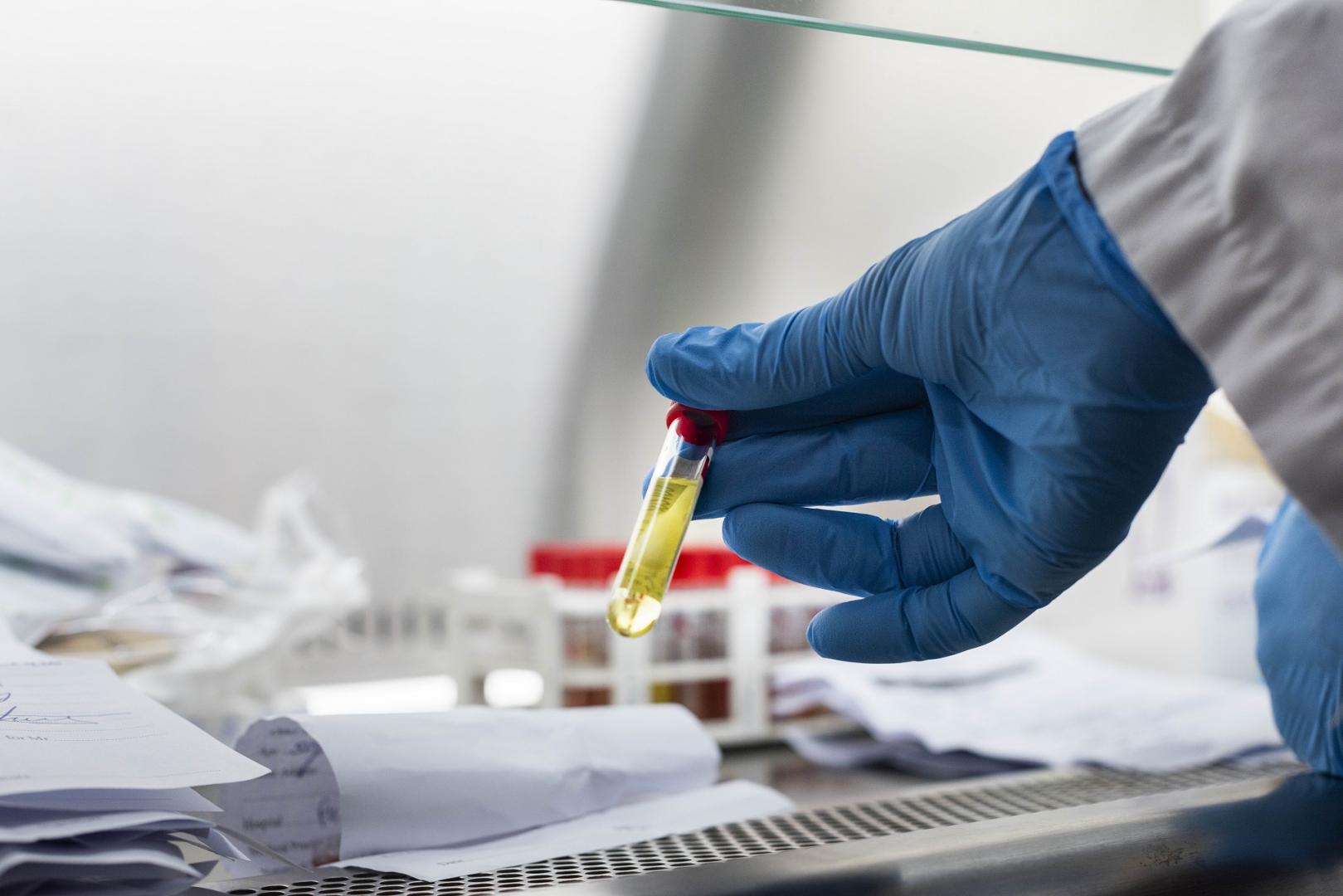A recent study by the World Health Organization’s cancer agency has found a concerning rise in lung cancer cases among people who have never smoked, particularly women. The findings, published in The Lancet Respiratory Medicine, reveal that lung adenocarcinoma, the most common form of lung cancer among non-smokers, accounts for nearly 60% of lung cancer cases in women compared to 45% in men.
Rising Cases and Potential Causes
According to the study, approximately 2.5 million new lung cancer cases were diagnosed globally in 2022—an increase of 300,000 since 2020. While smoking remains a major cause of lung cancer, researchers point to environmental factors, genetic predisposition, and immune responses as key drivers of the rising rates among non-smokers, particularly women.
One of the most significant risk factors for lung cancer in non-smokers is genetic mutations. The study highlights mutations in the EGFR gene, which drive uncontrolled cell division and tumor growth. These mutations are found in 50% of lung adenocarcinomas in non-smoking Asian women and 19% in non-smoking Western women, compared to 10%–20% in non-smoking men. Other genetic alterations, such as ALK and ROS1 mutations, are also more prevalent in younger non-smoking women, particularly in Asia.
Advancements in genetic testing have improved detection of these mutations, but rising air pollution may also be playing a crucial role in their increasing prevalence. Tiny airborne particles known as PM2.5—measuring 2.5 micrometers or smaller—are suspected of triggering EGFR mutations. Since PM2.5 levels continue to rise in urban areas, researchers warn that exposure to these pollutants could be a contributing factor in the increasing rates of lung cancer among non-smoking women.
Hormonal and Immune System Influences
Beyond genetic predisposition, hormonal fluctuations may influence tumor growth in women. Estrogen receptors are present in lung tissue, and research suggests that estrogen can promote tumor growth. Interestingly, studies show that women undergoing hormone replacement therapy (HRT) have a lower risk of lung cancer compared to those not on HRT, suggesting a potential protective effect of estrogen regulation.
Additionally, chronic inflammation is another major factor linked to lung cancer in non-smoking women. Women are more likely than men to develop autoimmune diseases such as rheumatoid arthritis and lupus, conditions that can contribute to persistent inflammation and increase the risk of cancerous changes in lung tissue. Studies indicate that inflammatory molecules such as interleukin-6 and tumor necrosis factor-alpha may aid in tumor survival and spread.
Autoimmune diseases are on the rise globally, potentially due to environmental shifts, dietary changes, and altered gut microbiomes. Given that women are disproportionately affected by these conditions, researchers believe they may also be more susceptible to inflammation-driven lung cancer.
The Role of Air Pollution and Occupational Exposure
Air pollution has long been recognized as a lung cancer risk factor, but new evidence suggests that women may be particularly vulnerable. Women’s lung anatomy and function differ from men’s, with smaller lung size and narrower airways, which could result in greater particle retention from pollutants like PM2.5. Furthermore, estrogen has been found to amplify inflammatory responses to pollutants, increasing lung tissue susceptibility to cancer.
Women are also more likely to face indoor air pollution due to exposure to cooking fumes, heating sources, and household chemicals. In developing regions, cooking with wood, coal, or kerosene releases toxic fumes that can raise lung cancer risk. Occupational exposure in industries such as textile factories, beauty salons, and healthcare settings also places women at increased risk of inhaling hazardous chemicals.
A Growing Concern
While genetic predisposition plays a significant role in lung cancer risk, factors like air pollution, hormonal changes, immune system imbalances, and increased life expectancy are exacerbating the issue for women. Recent research even suggests that human papillomavirus (HPV) may contribute to lung cancer in women, emphasizing the need for further study and preventative measures.
Understanding the interplay between immune, hormonal, genetic, and environmental factors is essential for early lung cancer detection and the development of more effective treatments. As cases continue to rise, prioritizing research, public awareness, and preventative strategies will be crucial in addressing this growing health concern.
Disclaimer: This article is for informational purposes only and does not constitute medical advice. Readers should consult healthcare professionals for medical concerns related to lung cancer or other health conditions.











